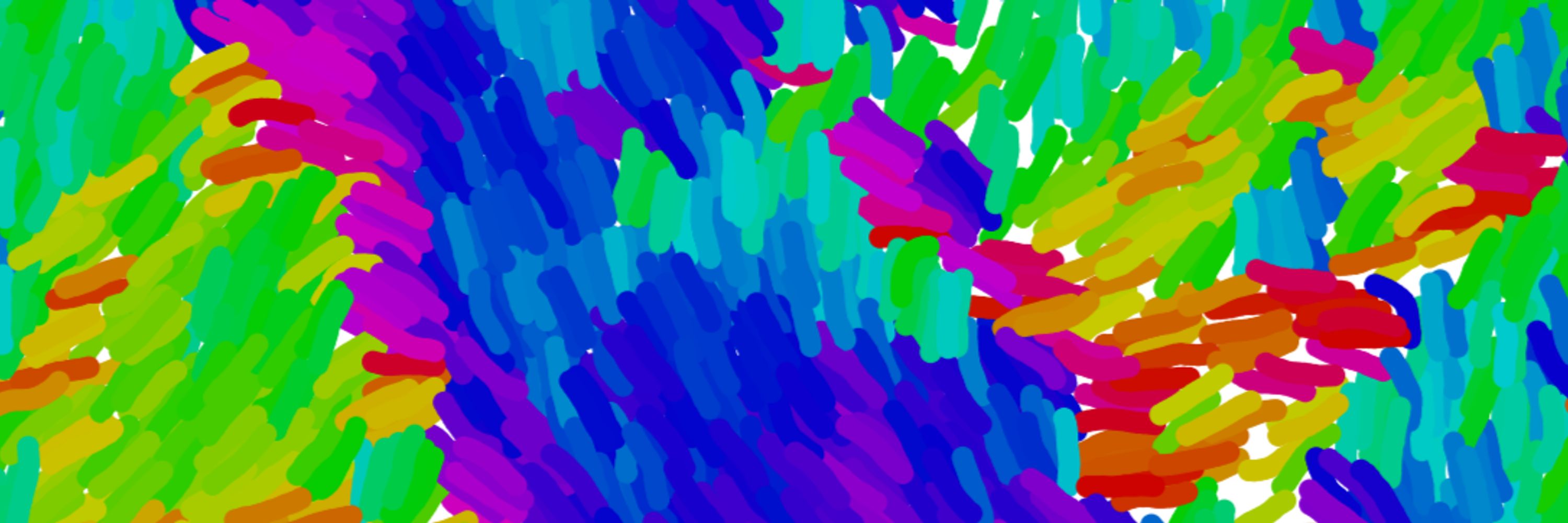
Former PhD at Curie institute on cell & tissue mechanics.


The book also shows the example of 'deterministic diffusion' when starting with few localized spots!
Chaotic maps can be very fun, look at this Arnold's cat map from Wikipedia iterating over time :

The book also shows the example of 'deterministic diffusion' when starting with few localized spots!
Chaotic maps can be very fun, look at this Arnold's cat map from Wikipedia iterating over time :
Prigogine discusses deep mathematical reasons behind, but it is nicely illustrated for a discrete dynamical map of points on a square.
This 'baker map' is reversible but shows an arrow of time at the statistical level!
dx.doi.org/10.12921/cmst.…

Prigogine discusses deep mathematical reasons behind, but it is nicely illustrated for a discrete dynamical map of points on a square.
This 'baker map' is reversible but shows an arrow of time at the statistical level!
dx.doi.org/10.12921/cmst.…
if you also found disturbing the jump from reversible classical/quantum dynamics to thermodynamics of irreversible processes (Loschmidt's paradox), have a look at this book by Prigogine and Stengers: fascinating!
1/5

if you also found disturbing the jump from reversible classical/quantum dynamics to thermodynamics of irreversible processes (Loschmidt's paradox), have a look at this book by Prigogine and Stengers: fascinating!
1/5
-Glassy dynamics in active systems with minimal system.
pubs.aip.org/aip/jcp/articl…

-Glassy dynamics in active systems with minimal system.
pubs.aip.org/aip/jcp/articl…
Because in the experiments density gradients are radial and point inwards, the coupling favors an aster configuration.
The competition with the activity-driven spiral results into a spiral-aster transition when density increases!

Because in the experiments density gradients are radial and point inwards, the coupling favors an aster configuration.
The competition with the activity-driven spiral results into a spiral-aster transition when density increases!
Enters density-polarity coupling!
Following up on the previous description, we add that cell polarization is sensitive to local inhomogeneities of density:
it preferentially aligns opposite to (or along) density gradients.

Enters density-polarity coupling!
Following up on the previous description, we add that cell polarization is sensitive to local inhomogeneities of density:
it preferentially aligns opposite to (or along) density gradients.

